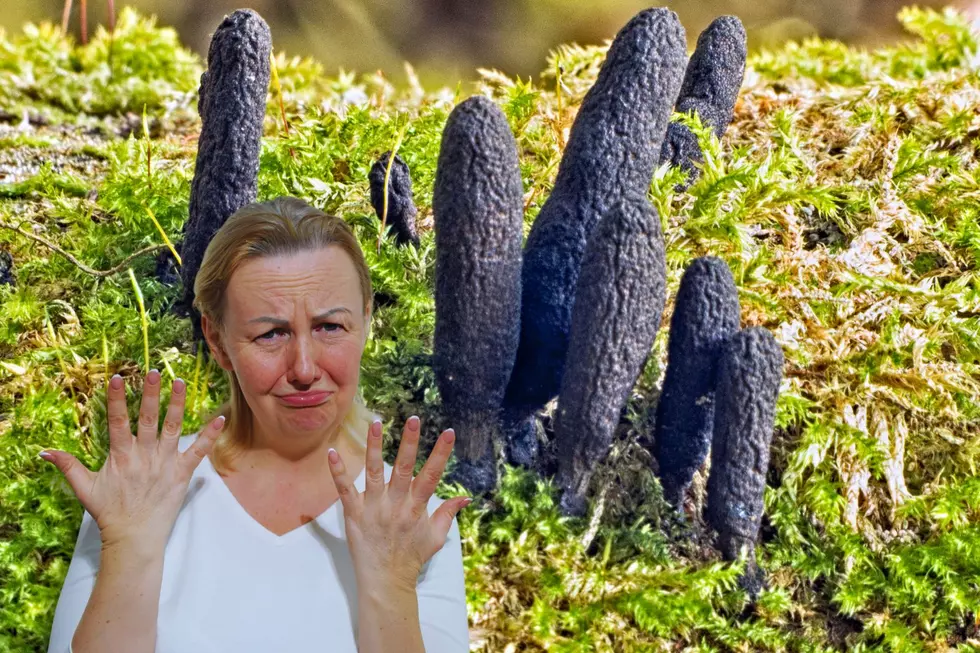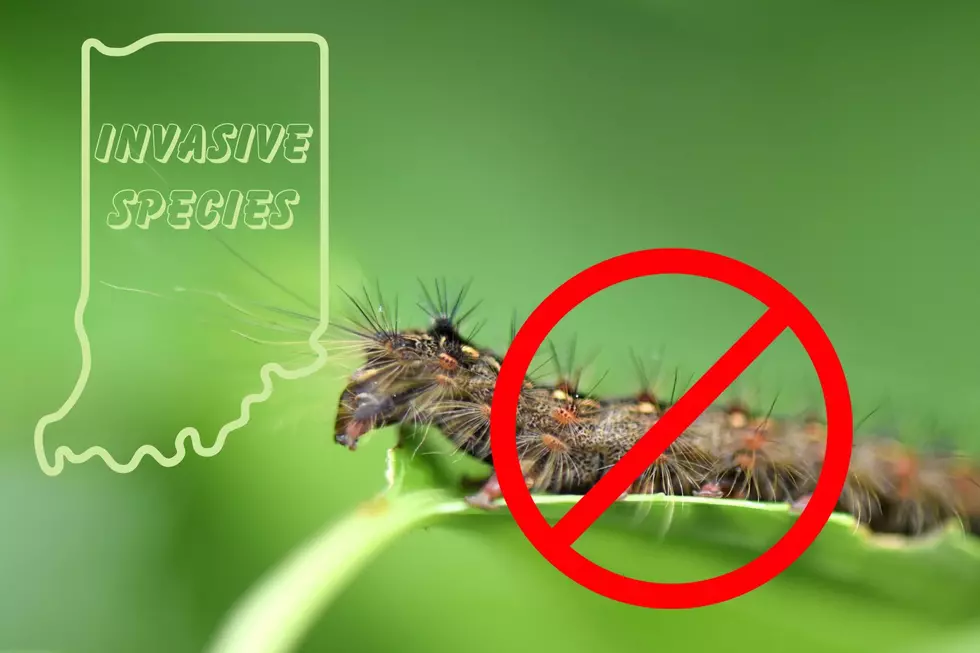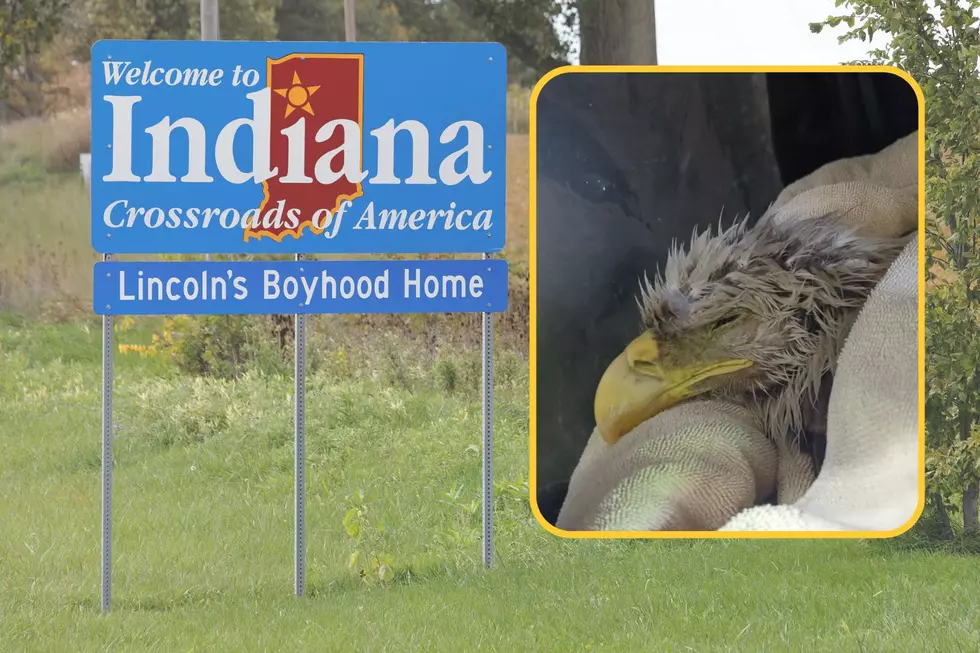
Dead Man’s Fingers: The Morbidly Named Mushroom Found in Indiana
Have you ever heard of Dead Man's Fingers? This morbidly named fungus is found in Indiana.
A Mushroom That Doesn't Look Like a Mushroom at All
Often known as Dead Man's Fingers, the fungus is actually Xlaria Polymorpha. While it does not look anything like your typical idea of a mushroom, it is in the mushroom family.
READ MORE: Highly Invasive Indiana Plant That is Totally Edible
Long, Finger-Shaped Fungus
Dead Man's Fingers get its name due to its long, finger-like shape. It grows near the base of dead or dying woody plants. Purdue University's Extension of Forestry and Natural Resources says it can even grow wood or wooden objects that are in the soil.
The club shaped, fingerlike fruiting bodies appear singularly or as clustered “fingers” about 1- 4 inches high, often at the base of infected or dying trees, or nearby large structural roots. In the spring, ascospores are produced by the “fingers”, creating a bluish bloom on the tips of the fingers. Cutting into a finger reveals a white interior with black bubbles that produce the sexual spores - Purdue University

Deadman's Finger Can Appear Bluish, Brown or Black
In its early stages of development, Dead Man's Fingers can appear pale, with a bluish tint, and tips that appear more white. MushroomExpert.com says that those who hunt morels in the spring will often encounter Dead Man's Fingers while exploring.
Many Species of Xylaria
They go on to explain that there are numerous species Xylaria and that Xylaria Polymorpha is the most frequently collected. The differences between different species are so subtle that they are mostly found microscopically.
READ MORE: Indiana Is Home to the World's Largest Mite
Do Not Eat Dead Man's Fingers
They often grow in clusters rather than singularly, giving the look of a hand reaching out of the ground. It does not have any noticeable odor. Unlike morels, Dead Man's Fingers are not safe to eat. According to one source, they contain the same toxic compounds found in the world's most dangerous mushrooms.
So if you encounter Dead Man's Fingers in the wild, it's best to leave them be.
Animals You Might Encounter in The Wild in Indiana
Gallery Credit: Kat Mykals
More From WGBF-FM









